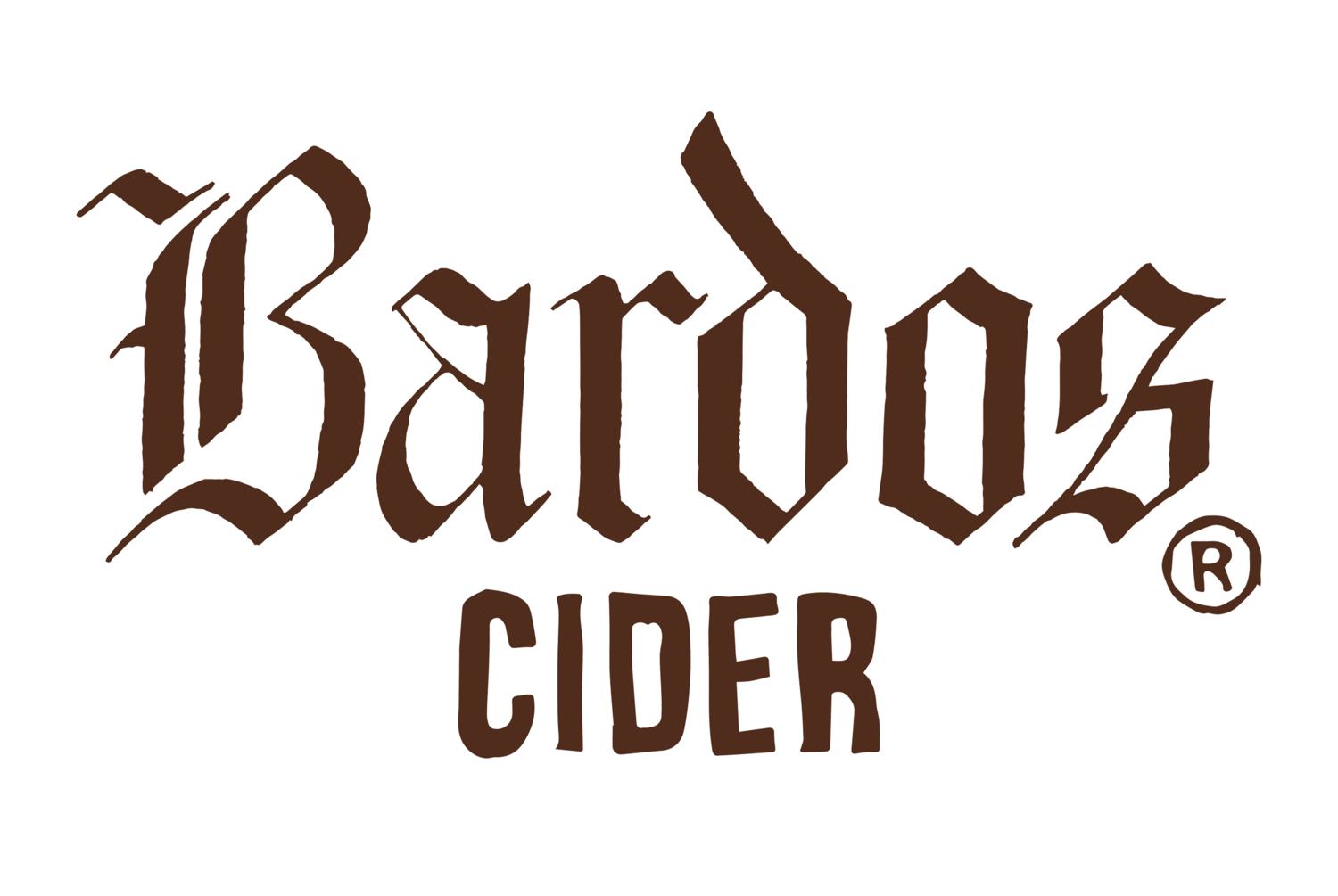The Vulture
The turkey vulture is a mascot of certain values that lead one to make cider in the style that we do. On our knees, gathering apples, there’s no way around drawing the eventual parallel between a vulture’s way of life and the idiosyncratic lot of the fruit-forager. Wasps, Hyenas, and other creatures that are known for scavenging will resort to hunting or a plant-based meal when in dire straits, whereas a vulture is the only creature whose diet consists strictly of carrion. In other words, the vulture’s existence not only amounts to a net-zero carbon footprint, its existence actually enhances the quality of life for all other creatures, consuming the foul decay that would otherwise surround us.
If you live where vultures do and you wake up around sunrise, then you are rewarded, on a bare tree or roadside fence, by the spectacle of a “wake” of vultures “horaltic”, feather-drying ritual. Thanks to their exquisite quotidian evocation of dawn, the vulture demonstrates that not everything that is sacred is rare. Vultures are everywhere. Let their commonness be an eventual epiphany of the cycle of life. Not only in a material sense, as they clean up after our refuse and remains, but aesthetically, let widespread wings, be a symbol for us, as they guard our return to each day via their sphynx-like posture.
A wake of vultures in horaltic pose seen on the way up to Cannard Family Farm in Sonoma*
The myth of the sphynx reaches back into time immemorial. Through Greece, and of course into Egypt, the myth can be found throughout all regions of Asia as well. If you meditate on the imagery of the sphynx and the vulture at the same time, a commonality will emerge: the vulture’s head has the flesh of a human, whereas the rest of its figure is feathered. The vulture offers psychological wisdom in its constant totemic presence that provides insight into the chain of life, both collectively and personally.
In the same way as thinking of the vulture and the sphynx together, think at the same time of the vulture’s gruesomeness as well as its gentleness. An astonishing feature of the vulture’s behavior is: it rarely flaps. Watch it circling above, and scarcely if ever will you see it flap its wings. Only in extreme winds, or upon lift-off from sunning itself, will a vulture visibly exert energy.
The vulture’s quiet flight is once again a metaphor on which to meditate. Through the vulture-as-symbol, we may reflect on paths of least resistance, the value of intuition, nature-as-guide. The sphynx represents the union of embodied animal instinct with human intellect. The vulture represents this sphynx-motif but more literally, in everyday nature.
Moreover, this motif of scavenging as recurrence-of-the-same, personified by the vulture, can be found in great works of art, music, and of course, horticulture. Think of Hannah Hoch’s collages, Terminator X’s assemblage of thousands of samples in Public Enemy, Kurt Cobain’s constant wardrobe references to obscure outsider music his own songs referenced in Nirvana. There is a magical grammar to the recycling of material. This is a cornerstone in the work of Bardos. We forage whenever possible, gleaning from the ground, as the vulture does.
A vulture eating a fish carcass in Bolinas
The predynasastic Egyptians (c. 3200–3100 BC) lived with the God Nekhbet, who herself, was a vulture. A tutelary deity, she looked over the northern region of Egypt and its earliest evidence of agricultural development by the Badarian people. We make the cider of the California bardos in the Northern region as well. In northern California, or as it was referred to in its previous identity: Alta California, we are looked after and look up to the vulture as well. We feel an undeniable and ongoing protection from the vultures who looks over us as we appreciate its quiet, mysterious genius.
Further quotes of etymylogical and anthropological interest on Turkey Vultures such as:
“The Latin name of the Turkey Vulture is Cathartes aura, which means “Golden Purifier” or “Purifying Breeze”
“The generic term Cathartes means “purifier” and is the Latinized form from the Greek kathartēs. The species name, aura, is Latinized from the Native Mexican word for the bird, auroura.”
“Cathartes is the Greek word for “purifier,” referring to these vultures’ role as “cleansers” that remove decomposing corpses in nature.”
…can be found on Cnawan Fahey’s “Sin Eater” post.




